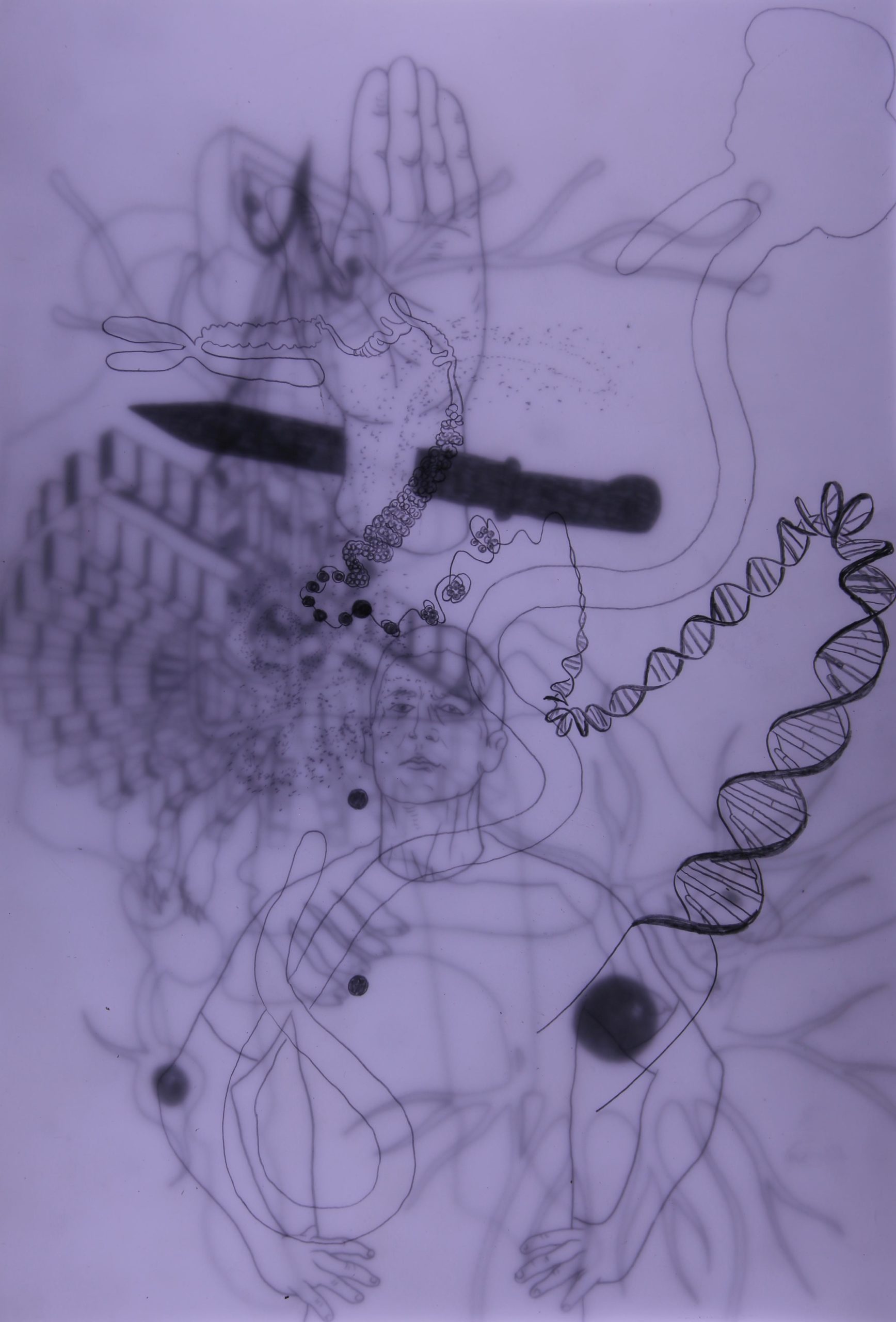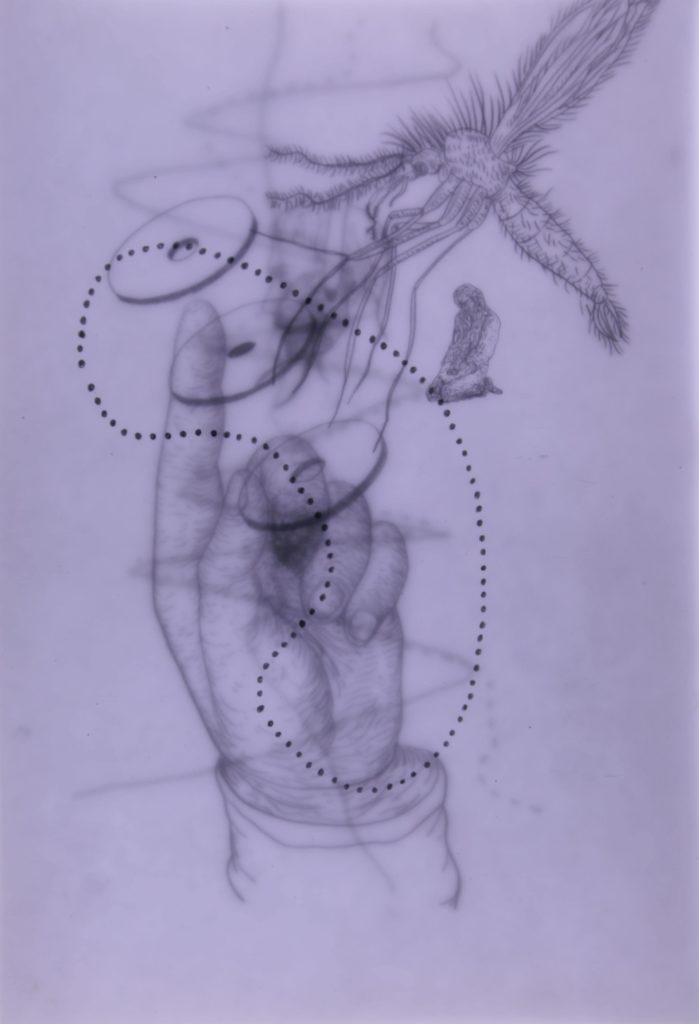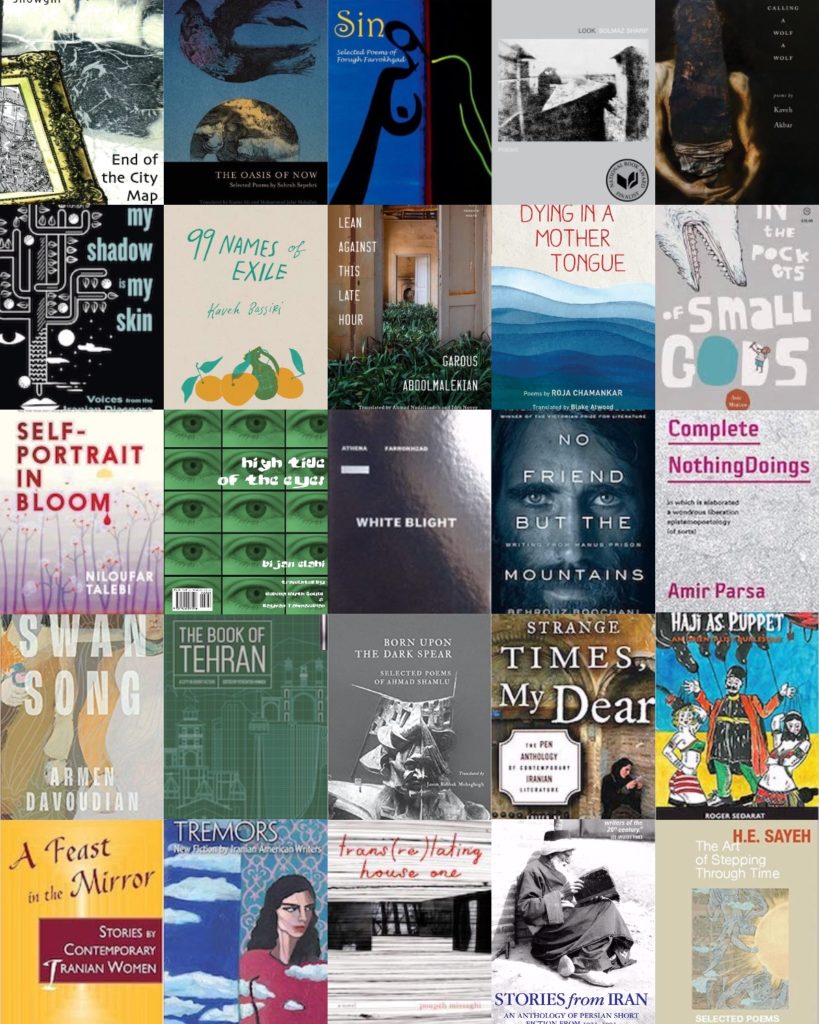They say singing makes them recall the peaceful time in Arakan, that once upon a time, they used to sing these folksongs freely and proudly

March 19, 2021
Editor’s Note: Today’s songs are part of a notebook of Lullabies published by the Transpacific Literary Project. Each piece of the notebook is paired with a pencil drawing by the artist Trương Công Tùng. Read the other Lullabies in this notebook here.
Taa Taa | Clap Clap
Traditionally, after a marriage the bride is taken to live with the groom’s family. Because children are then born in the homes of their paternal grandparents, they are usually more distant to their maternal grandparents so visiting them is a very exciting occasion. Go visit, this song says. Grandma will give you sweet popcorn, fill your stomach. Grandpa will teach you with his walking stick. While singing, the mother usually takes both hands of her baby and claps them together.
This song can also be thought of as a counting song. Don’t forget to count how many coins your grandparents have. This lullaby is evidently very old, from a time when coins were still used as currency before today’s paper cash. And though relatively few people were educated at that time, they still want their children to be educated, good at counting and mathematics.
Oli Re Oli | Go To Sleep Oh Go To Sleep
Rohingya mothers sing this lullaby when babies are irritated or fussy and having a hard time falling asleep. Rohingya men who are landlords usually keep herds of goats, cows, and buffalos, which the grandchildren like to watch and sometimes play with.
Translator’s note:
When I was a kid, my grandfather had a ritual. Every night before going to bed, he used to tell me Rohingya folksongs and folktales. He would sing lullabies to me too, and I was so lulled by his deep voice that I would soon be asleep on his lap.
When I grew up, I found my people were discriminated against and marginalized racially, socially and politically. We have been denied healthcare, freedom of movement, education, and other basic human rights. We have been denied citizenship in the country where we were born and have been living for generations. And we became the victims of the slow-burning genocide that caught fire and burnt everything in August of 2017, causing the fastest exodus after the 1994 Rwanda genocide.
Myanmar’s government has erased our culture. They have bulldozed our birthmarks. The land of our existence for millennia has now become the cemetery of our culture. This is another oppression against my people.
*
But Rohingya are not just persecuted refugees. We are also people. We have our own traditions and culture. And Rohingya lullabies, folksongs, and folktales are also so much more than culture. They are Rohingya’s oral history. At a time in ancient Arakan when there were no pen and papers, Rohingya ancestors, through folksongs and folktales recorded their history, contexts, events, traditions, festivals, and more, and they left lessons and morals for their children and future generations. Rohingya lullabies, folksongs, and folktales have passed from one generation to another in our community. Rohingya folksongs are very rich in aesthetic values and are deeply poetic. For me, documenting these lullabies and folksongs is reviving Rohingya culture.
*
At the heart of Myanmar’s genocide, we lose touch with our own culture and traditions. Though we have already lost many of the folksongs, some people in the community still remember.
Over the last five years, I have been documenting Rohingya lullabies, folksongs, and folktales—both when I was in Myanmar and now in the refugee camp. I go door to door. I meet all types of people in the community including the young and old, men and women. The elders are the main group who still remember the ancient folksongs. When I meet them, I explain the importance of documenting these folksongs. And I go with informed consent. They quickly trust me when I play them the recordings of some folksongs I have already recorded from others. I record what they sing in audio and sometimes in video. I then transcribe in Rohingya script and translate into Burmese and English.
*
Most of the singers I meet are pleased to sing what they remember. They want to pass these folksongs to their future generation as their forefathers have passed to them. But some, especially women, feel ashamed to sing in front of others since they think singing is viewed as childish and not a thing for elders like them. What touches me most is that sometimes someone will burst into tears when they start singing. I request them to stop and ask why they are crying. They say singing makes them recall the peaceful time in Arakan, that once upon a time, they used to sing these folksongs freely and proudly.
I see solidarity and resilience in my people through embracing the culture of lullabies, folksongs, and folktales. My people have been surviving by these stories.
*
No form of oppression lasts forever. One day Rohingya will belong in Myanmar again. One day, we will enjoy citizenship and full freedom. One day, we will walk like men and women in our motherland. Until then, we should revive and maintain all these Rohingya traditions and culture. These folksongs and folktales are a time machine for Rohingya—future generations can imagine the past in Arakan and embrace the light of Rohingya culture. This is the best gift of a legacy I could give for future Rohingya generations.
—Mayyu Ali



